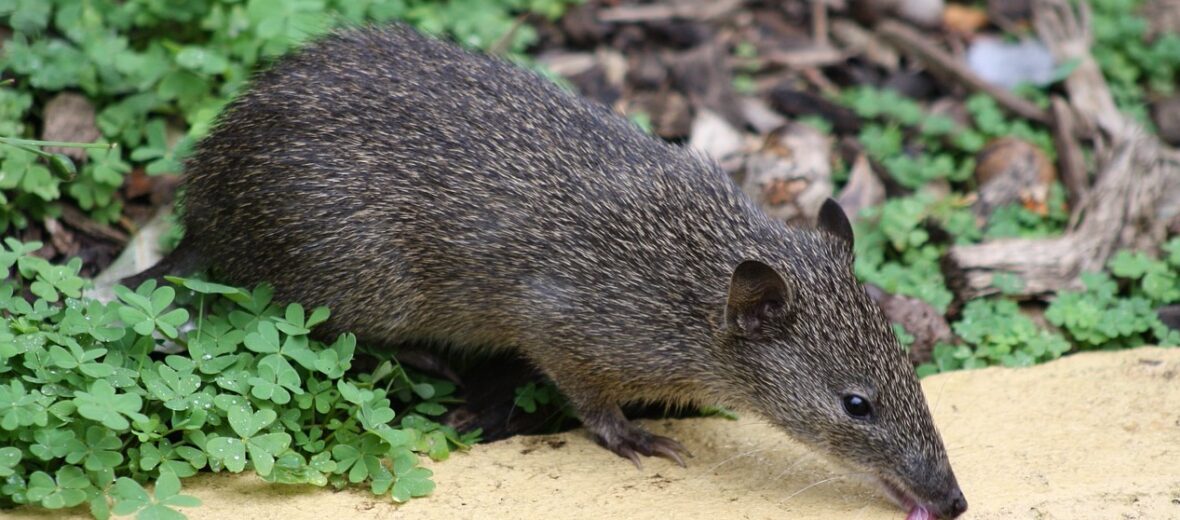
The bandicoot is a small marsupial that looks like a rat, however they are more closely related to rabbits. Bandicoots can be found in swamps, rainforests, wet & dry woodlands, and thickets of Australia. Out of 21 species, 7 are listed as critically endangered or already extinct! They also have 1 of the shortest of all mammalian pregnancies…. 12 days! Bandicoots are listed as Least Concern to Critically Endangered, based on the species, by the IUCN.
First the Stats…
Scientific name: Perameles
Weight: Up to 3.5 lbs.
Length: Up to 32 inches
Lifespan: Up to 7 years
Now on to the Facts!
1.) Bandicoots have strong hind legs made for jumping.
2.) The bandicoot is nocturnal (active at night).
3.) Dingoes, foxes, snakes, and wildcats are their main predators.
4.) They are omnivores (eat both plant and animal matter), feeding mainly on invertebrates.
5.) The sounds they produce are a sniffing sound, while they are searching for food, a piglet-like grunt when the food is detected, and also a high-pitched sound when scared.
But wait, there’s more on the bandicoot!
6.) These critters will aggressively defend their territory from anyone who tries to take it over!
7.) Bandicoots are typically solitary and only come together to mate.
Did you know…?
The bandicoot’s pouch faces backwards. This helps keep dirt from entering the mother’s pouch when she burrows for food.
8.) The baby spends approximately 54 days in the pouch, attached to the teat which provides milk. The mother’s pouch usually holds between 3 – 6 babies at once!
9.) Bandicoots are sexually dimorphic as males can be up to 2 times the size of females.
10.) They are vocal critters, producing snuffing sounds while they are looking for food, piglet-like grunting when the food is found, and a high-pitched sound when disturbed.
But wait, there’s still more on the bandicoot!
11.) These critters are aggressive and will ferociously defend their territory from any and all intruders… the best they can.
12.) Females produce 2 – 3 litters a year.
Now a Short Bandicoot Video!
Also, check out the Critter Science YouTube channel. Videos added frequently!
Want to suggest a critter for me to write about? Let me know here.



